For Photographer Julieta Brigo, There Is Always a Photo — Even When There Isn't
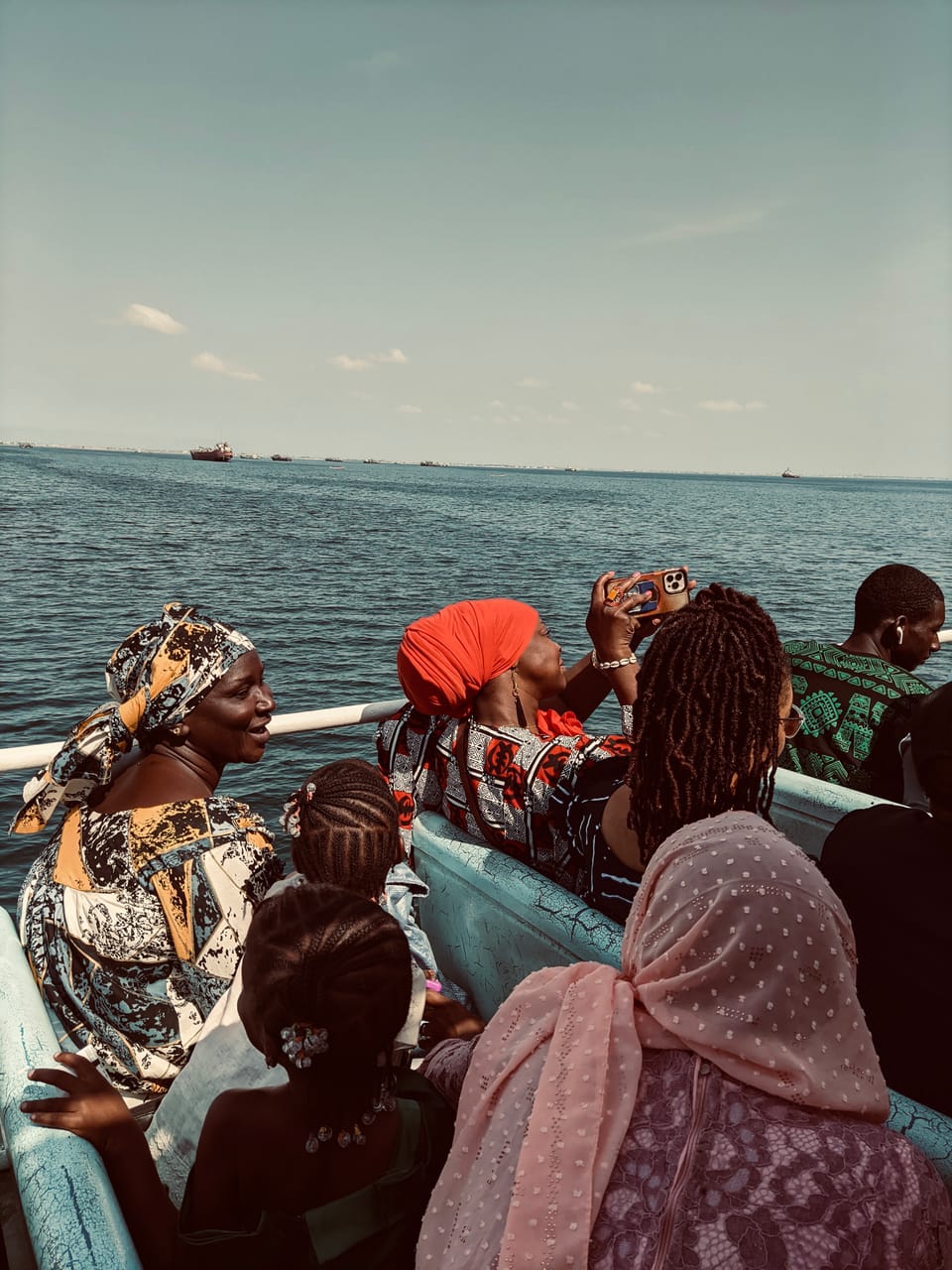
A colourfully dressed woman takes a selfie on littered streets in Senegal. Nomads pose for a portrait in the desert. A veiled girl in Teheran seemingly posing as if to take off for the flight of her dreams. This is the work of Argentinian photographer Julieta Brigo, who shows humanity and the human condition in places where it is hard to be seen by Western eyes.
This is not the sort of polished street photography from Paris, Tokyo, London, or New York. These are raw fragments from the lives of ordinary people in Iran, Egypt, Pakistan, Senegal, and Algeria, places where taking photos in public is often challenging and, sometimes, outright impossible. For this week's edition of Photographer's World Weekly, we did a photographer interview with Juli about balancing family life with her passion for photography, her origins, and the challenges, surprises, and rewards that photography bring her.
"What keeps me going is the unpredictability of the world — the fact that no two moments are ever the same."

Can You Introduce Yourself?
"My name is Juli, and I am a 40-year-old photographer born and raised in Argentina but currently live in Los Angeles. Photography has been my passion for as long as I can remember. My father was a photographer, and I studied photography and pursued photography-related jobs when I was younger. Still, it wasn't until about 12 years ago, when my family circumstances led to frequent travels, that my photography became much more serious."

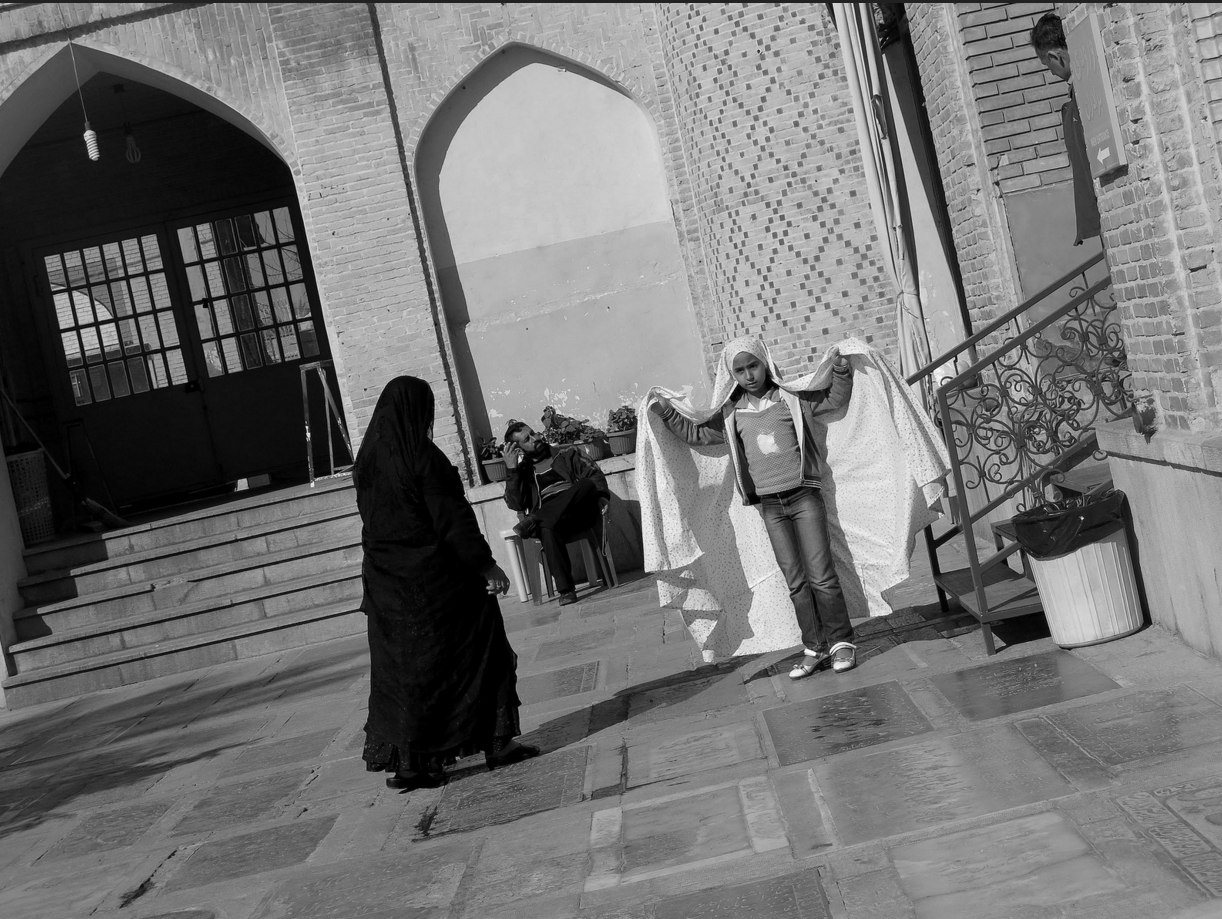
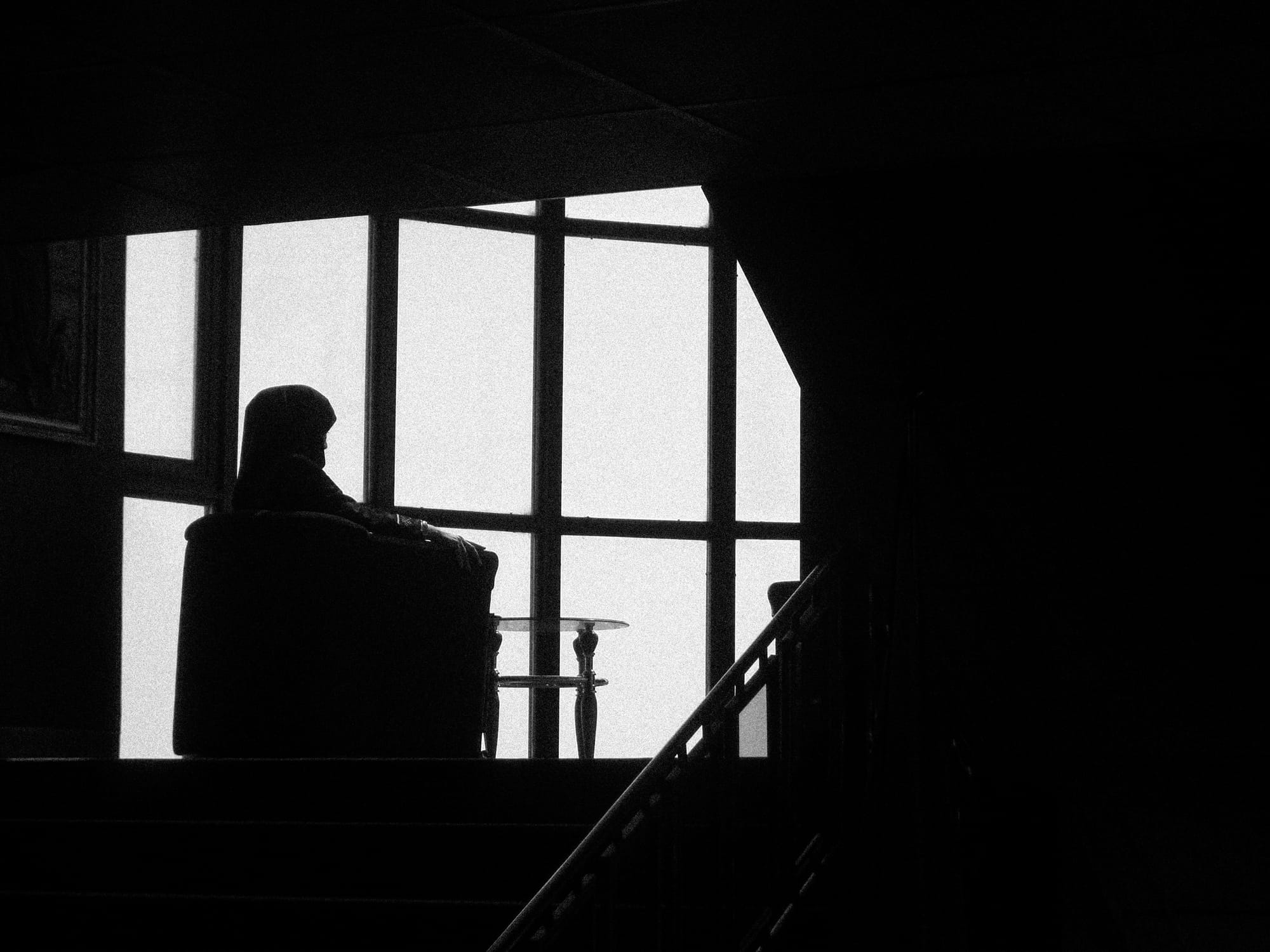
Overcoming Challenges
"Living in countries like Iran, Egypt, Pakistan, and Algeria, where taking out a camera isn't always advisable, presented me with unique challenges. I had to learn how to take photos without following the steps that had previously been essential to my photography. Photographs are often taken instinctively in these locations, almost as if they are stolen or borrowed. Elements such as framing, light, exposure, and depth became luxuries I could no longer afford."
Behind-The-Scenes Photography
"Despite that, a photo still exists if you are willing to let go of all those elements. This was essential for me to learn, allowing me to photograph in these places. Learning how to do that was not easy, though. Initially, it involved a kind of mourning: I had to leave the camera behind because it often felt like a threat, an intruder. It disrupted and invaded. Taking photos without a camera, however, is impossible. I had to find a way around it."
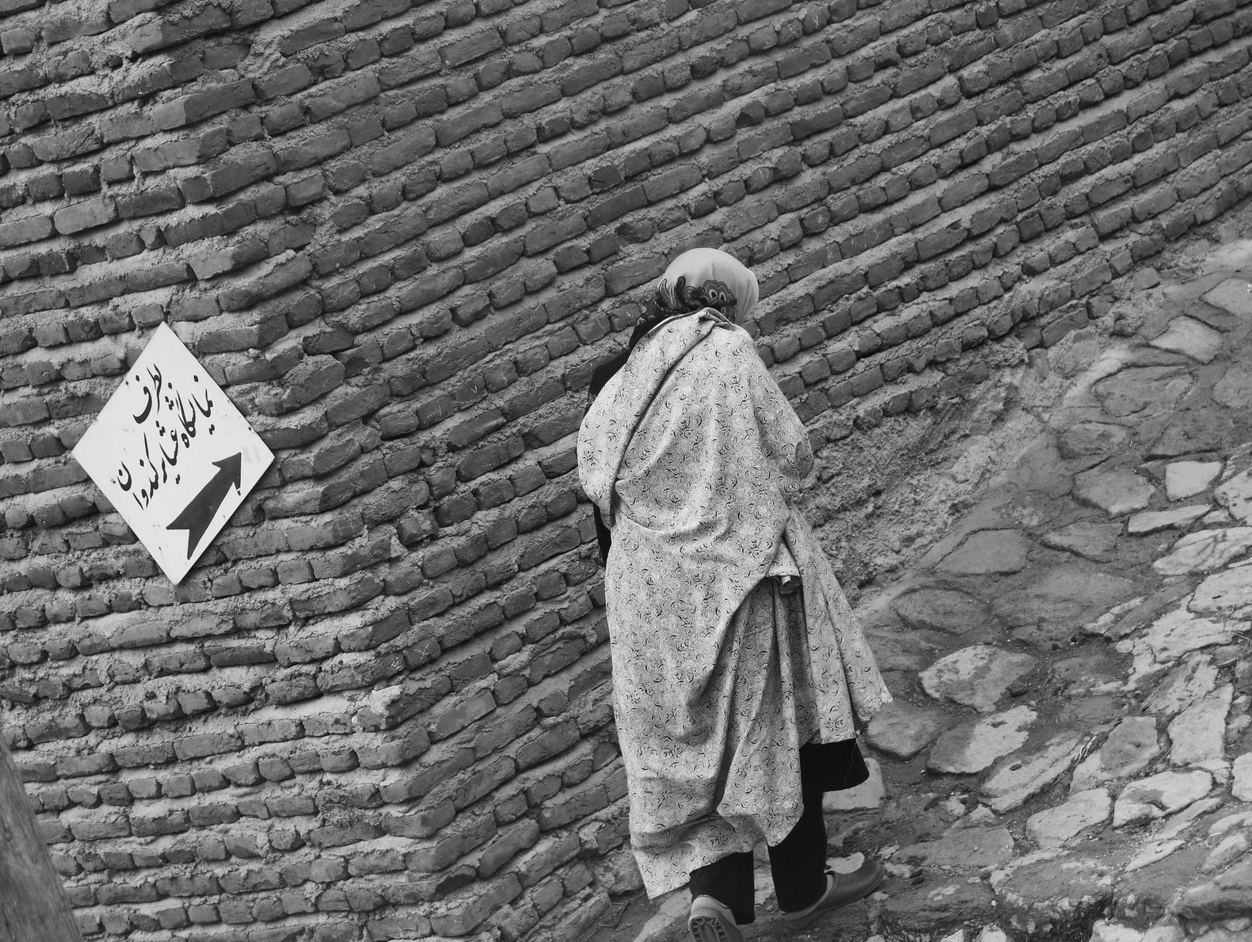
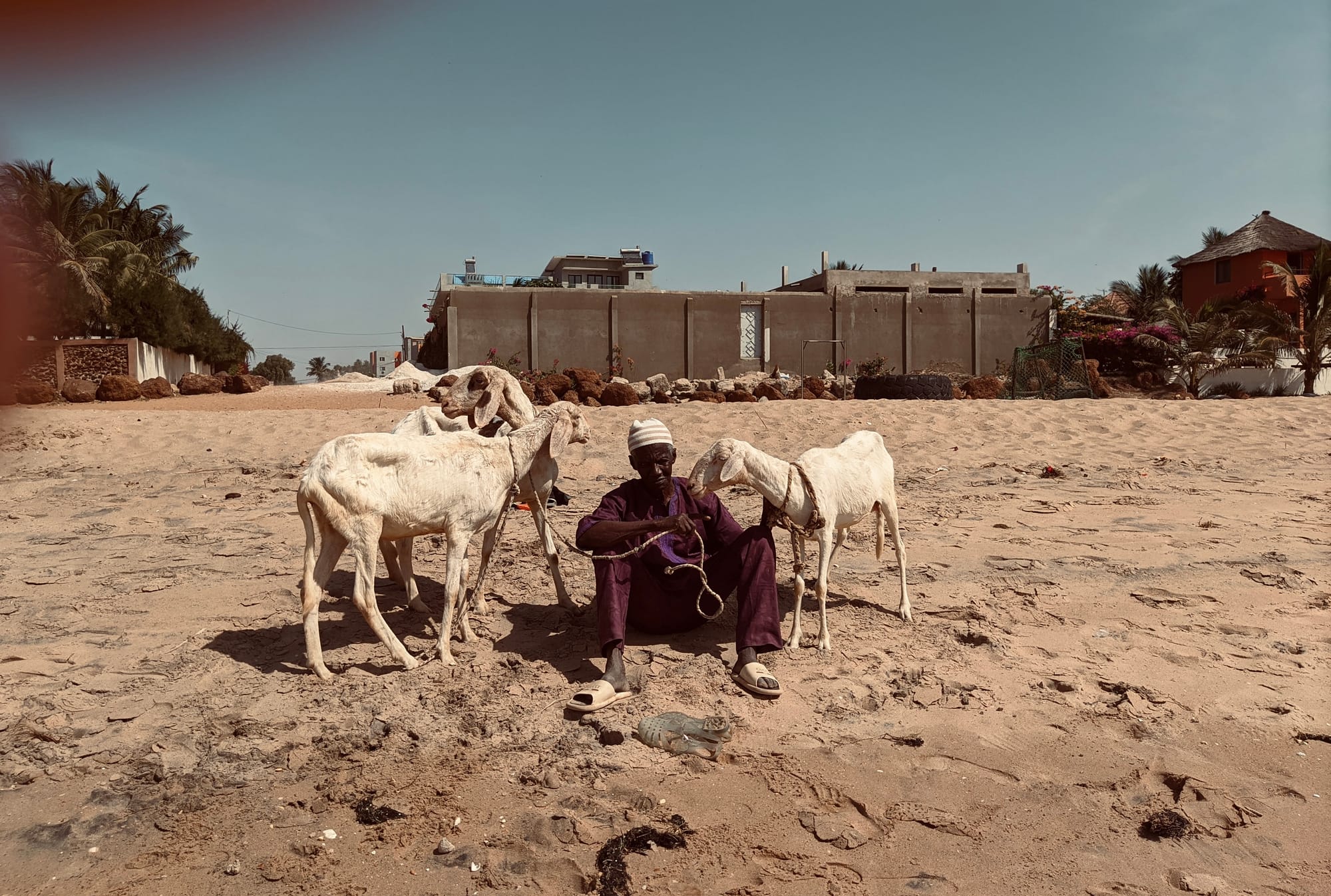
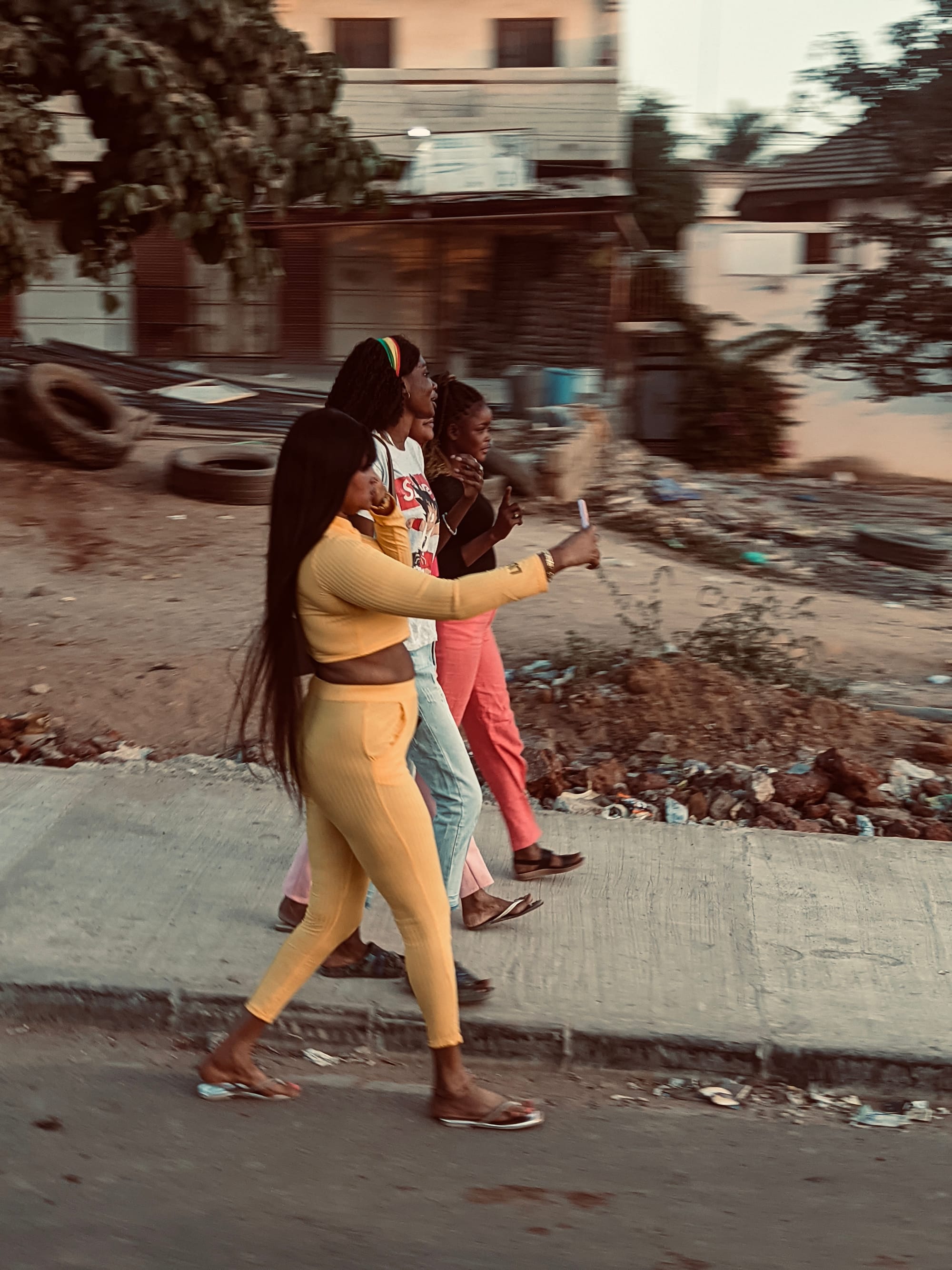
A Body Of Work Emerging
"Over time, after taking many photos, I noticed patterns and developed intuitive connections. Lines and hints emerged from my work. The technical challenges of photography were behind me."
"But then came the next challenge. I had accumulated many images and created endless categories, resulting in infinite taxonomies. Though there was a lot of material to work with, I had little time to classify it, even less time to process it, and no time to edit."
"Living in countries like Iran, Egypt, Pakistan, and Algeria, where taking out a camera isn't always advisable, presented me with unique challenges."
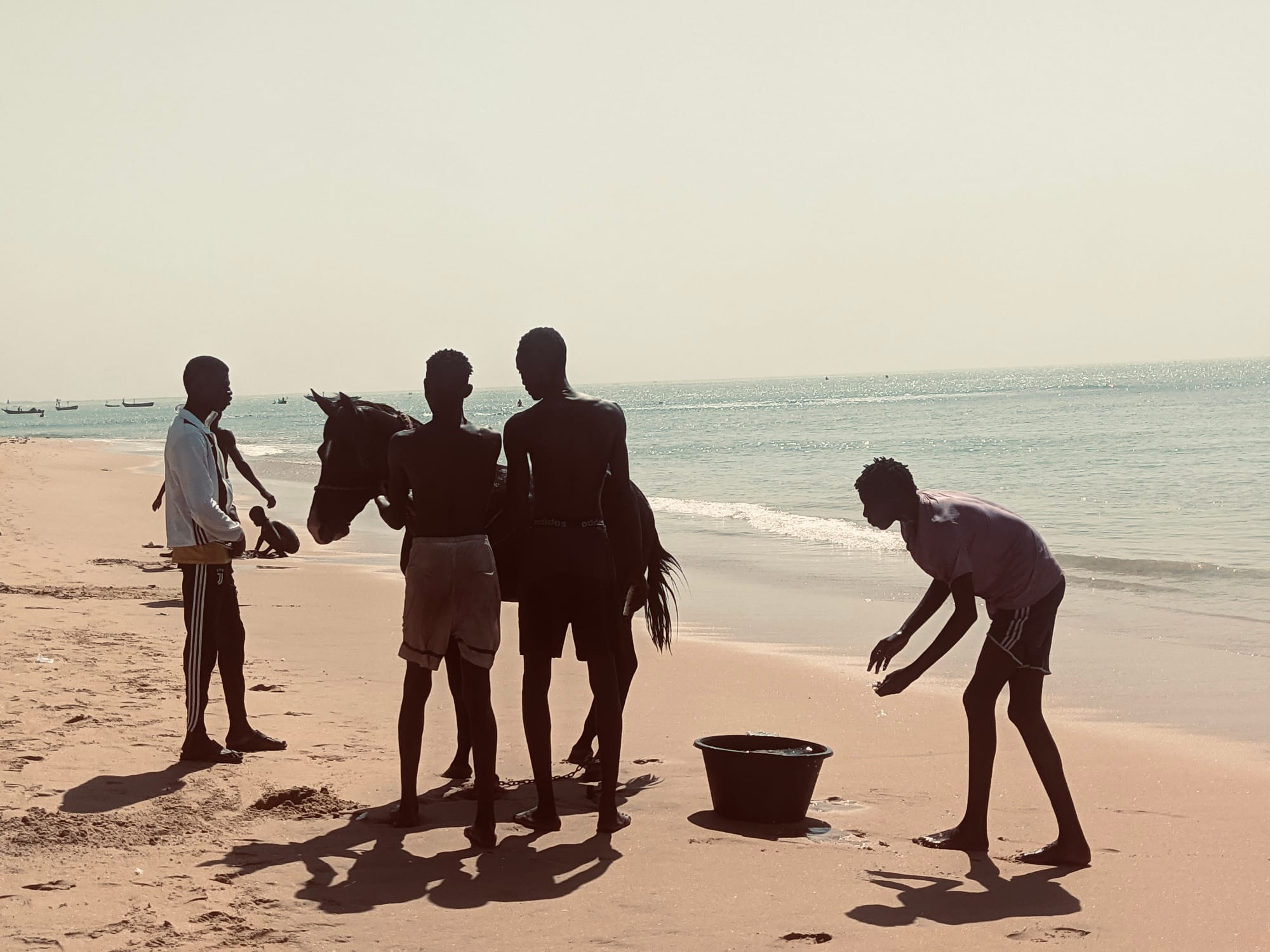
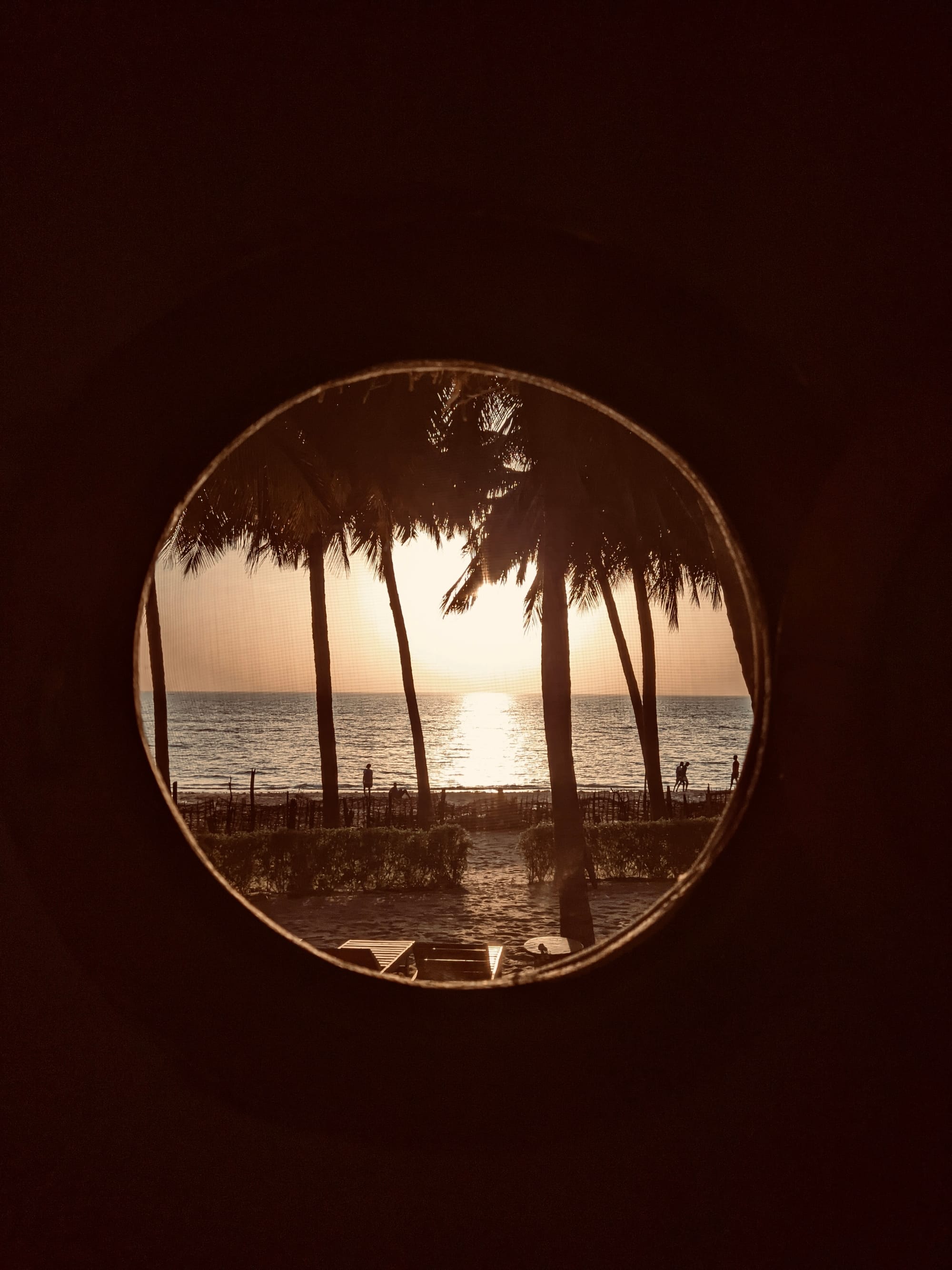
"There was also the challenge of presenting my work: selecting and composing from the extensive collection of unpublished images, distant places, and unique individuals. This became an unintended consequence of a nomadic and dynamic family life."
How Do You Define Your Photography?
"My photography tells stories and captures the atmosphere of the places where I have lived and travelled, but not in a touristy way. More than just nice images, I aim to convey emotions, memories, and the feeling of truly being there."
"My photography often adapts to the circumstances. It is all about being ready to capture a moment, even if it means deviating from a planned course. Some of my best photos have come from unexpected moments or happy accidents. I like to leave room for these surprises. It can be the beauty in the everyday—in how my kids interact with their surroundings or in small details I might not have noticed if I weren't travelling with them."

Inspiration and Motivation
"My inspiration mainly comes from movement, travel, observing, and immersing myself in different cultures. What fuels my creativity the most is simply being present in everyday life, whether in a bustling market, a quiet alley, or a long train ride. What keeps me going is the unpredictability of the world — the fact that no two moments are ever the same, that there's always a new story unfolding somewhere."
Do You Have Pre-Shoot Rituals or Practices That Help You Get the Right Mindset?
"Honestly, no. I just grab my camera, gather my family, and that's it."
How Do You Approach Post-Processing?
"Post-processing is a significant part of the creative process for me. I enjoy it because it allows me to bring out the essence of the moments I capture, making the images align more closely with the vision I have in my mind."
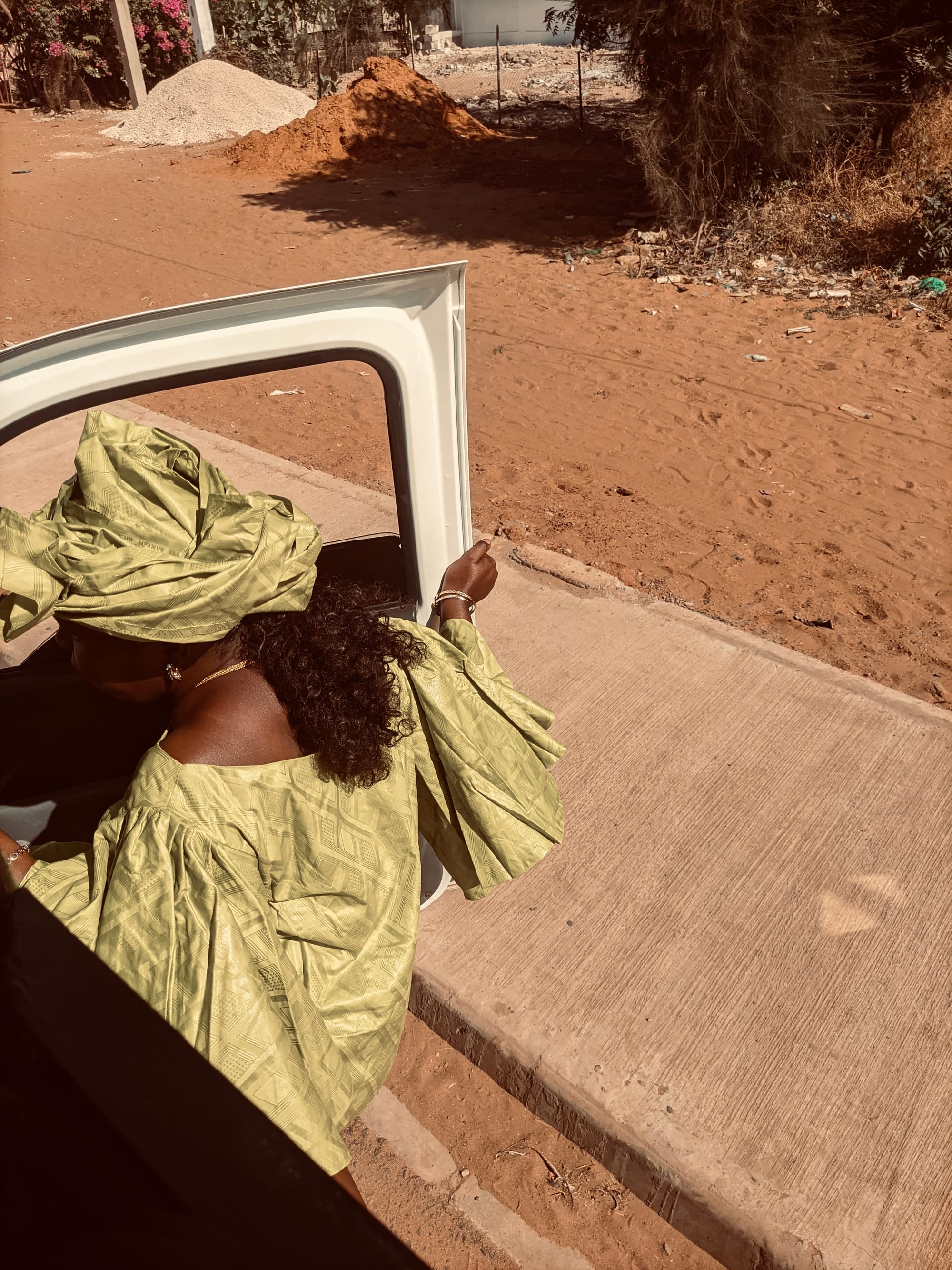
Using Photoshop And Lightroom Together
"I mainly use Photoshop and Lightroom for editing. Lightroom helps me with colour corrections and enhances the overall mood of the image. It's excellent for general exposure, contrast, and colour grading adjustments. Photoshop, on the other hand, is where I perform more detailed editing, such as retouching, removing distractions, and working on the finer aspects of the image."
"The changes I decide to make depend on the story I want to tell with the photo. Sometimes, it's subtle tweaks, like enhancing the shadows or brightening a specific part of the frame. Other times, I make more dramatic edits if the image needs more visual impact or if I want to convey a particular emotion or atmosphere."
"While editing, I aim to keep the scene's authenticity intact since I focus on capturing non-touristic moments. However, I also look for ways to enhance the natural beauty, like adjusting the light or highlighting a particular feature that stands out in the moment."
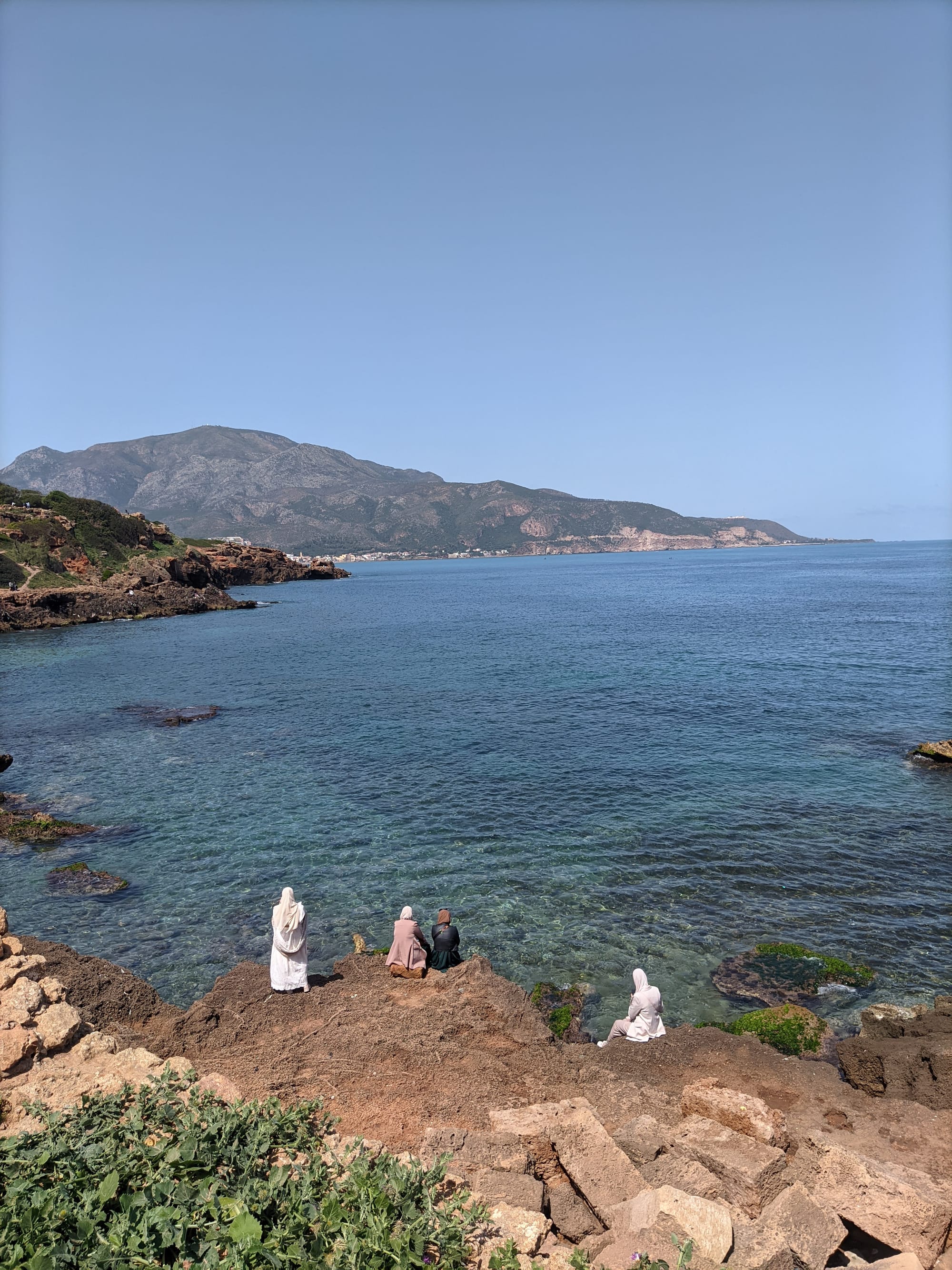
Can You Describe Your Photography Workspace or Creative Studio Setup?
"My workspace is chaotic, there is stuff everywhere, but within that mess, I find order."
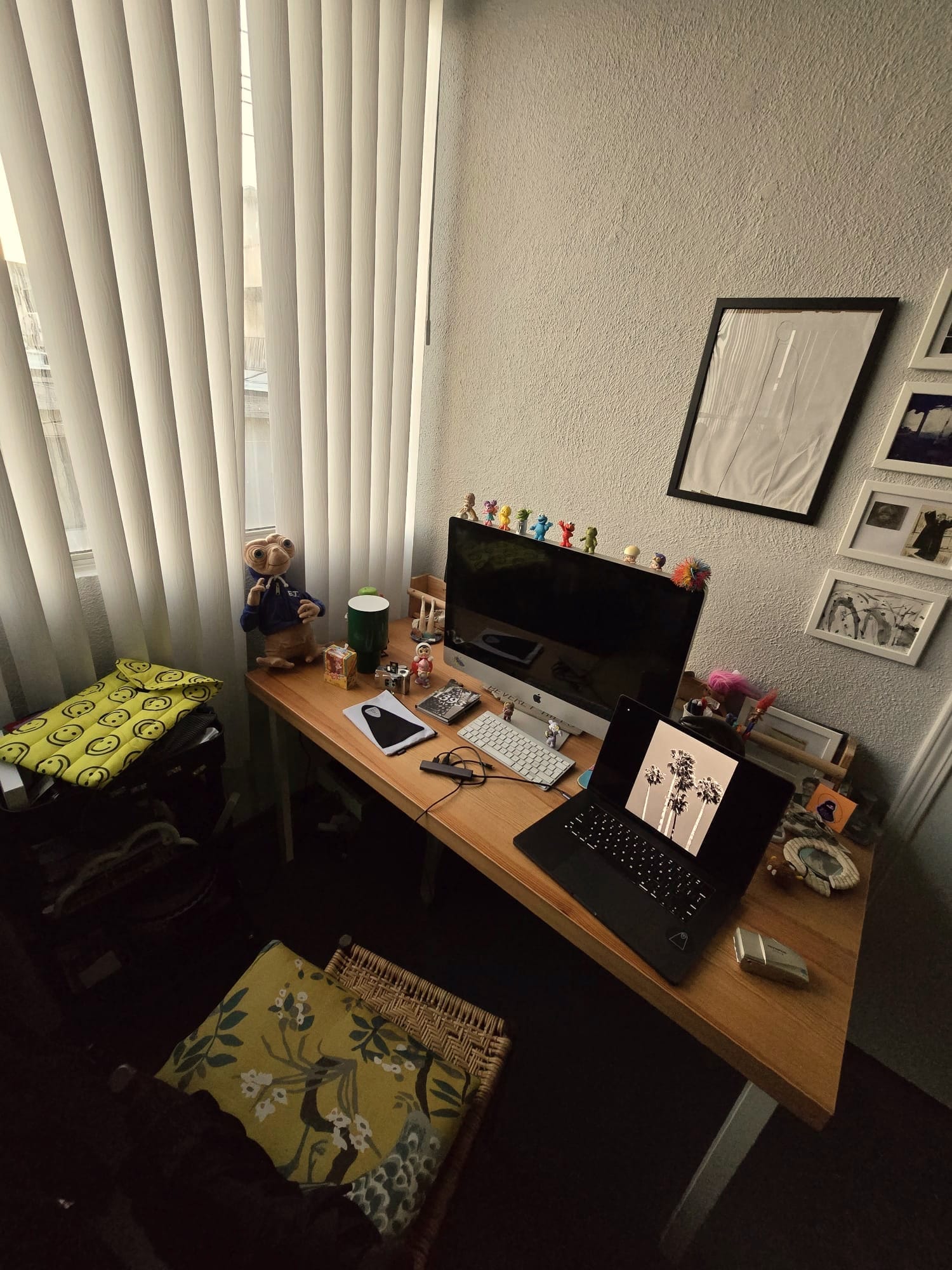
What Was Your First Camera?
"My first camera was an Olympus, though I don't remember the exact model. It was a birthday gift from my dad. That camera was my first step into the world of photography and sparked my passion for capturing moments."
"Some of my best photos have come from unexpected moments or happy accidents. I like to leave room for these surprises."
What Camera Do You Use Now?
"I don't always use the same camera. I usually use the Canon 5D, but sometimes, depending on the situation, I'll use a Canon Powershot G16, an analogue camera, or even my phone. I never travel light, but I also want to avoid something too heavy, or that stands out in the places I visit. I try to find a balance between practicality and flexibility."
What Computer, Laptop, or Tablet Do You Use for Your Photography?
"I use a MacBook Pro; in previous years, I worked with an iMac. I love the reliability and performance of the MacBook Pro, especially for editing photos. The screen quality is excellent for colour accuracy, and I can take it with me when I travel, which is essential for my work. The iMac was also great when I needed a more stationary setup with a bigger screen for detailed editing."


What Are Some Things You Enjoy Doing Outside of Photography?
"I enjoy drawing, which started during the pandemic. We lived in Pakistan, and there wasn't much to do, so I began drawing and playing with photos. This led to creating my own merchandise, including t-shirts, mugs, postcards, pins, keychains, and bags. The common theme was "my enmantelada" (an Iranian woman with a mantle)."
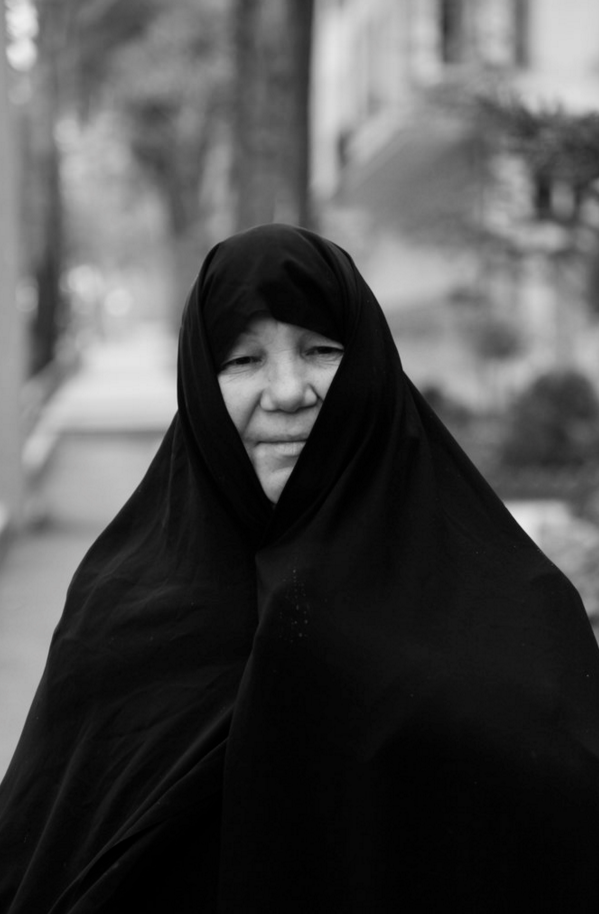
What Advice Would You Give to Photographers Who Are Just Starting Out?
"For photographers just starting, I suggest finding your unique perspective. Don't worry too much about the gear at first; learn how to see and capture the world around you in a way that feels true to your style. Practice and experiment with different settings, compositions, and lighting to see what works for you."
"The most important element in photography is the story or emotion conveyed through the image. While technical aspects like composition, lighting, and exposure are crucial, they primarily support the narrative you wish to tell. Whether it's a quiet moment, a burst of energy, or a powerful portrait, capturing that emotion or narrative makes a photo stand out. It connects the viewer to the image beyond just its visual appeal. Focus on what you want your photo to communicate, and the technical side will follow."
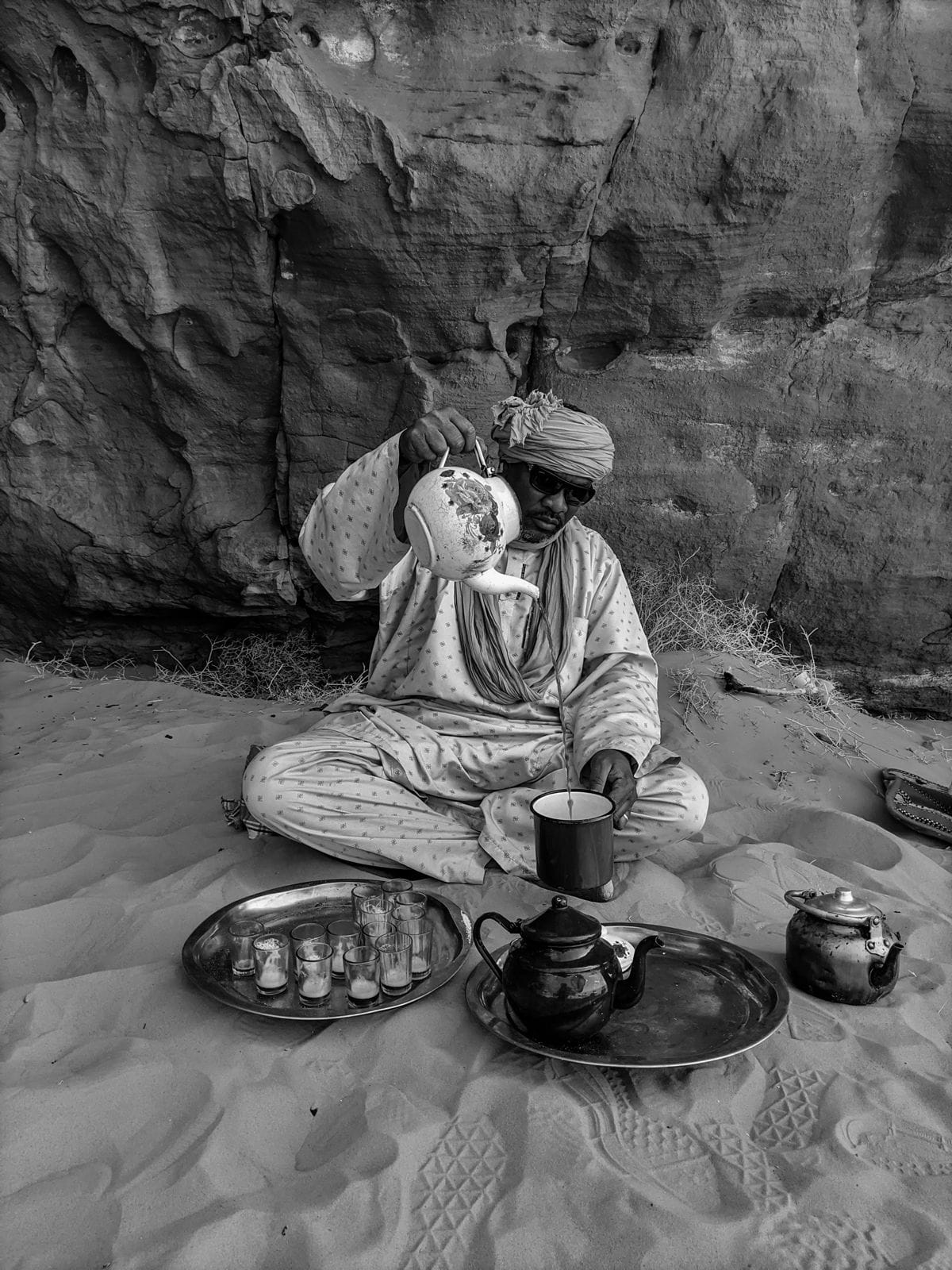
"Also, embrace post-processing — a tool that can enhance your vision, but remember that it's about improving the image, not changing it completely. Don't be afraid to make mistakes, as they are often where you learn the most. Finally, always stay curious — travel, explore new cultures, and step out of your comfort zone. That's where the most interesting and authentic photos often come from."
Are There Any Projects You Are Currently Working On That You're Excited About?
"A couple of months ago, I published a photo book about daily life in Tehran, which took me ten years to gather the courage to complete. Right now, I'm focused on that, adjusting to my recent move to Los Angeles and contemplating the future direction of my book. You can find my book and merchandise at the bookstore Ojala.la in Los Angeles."
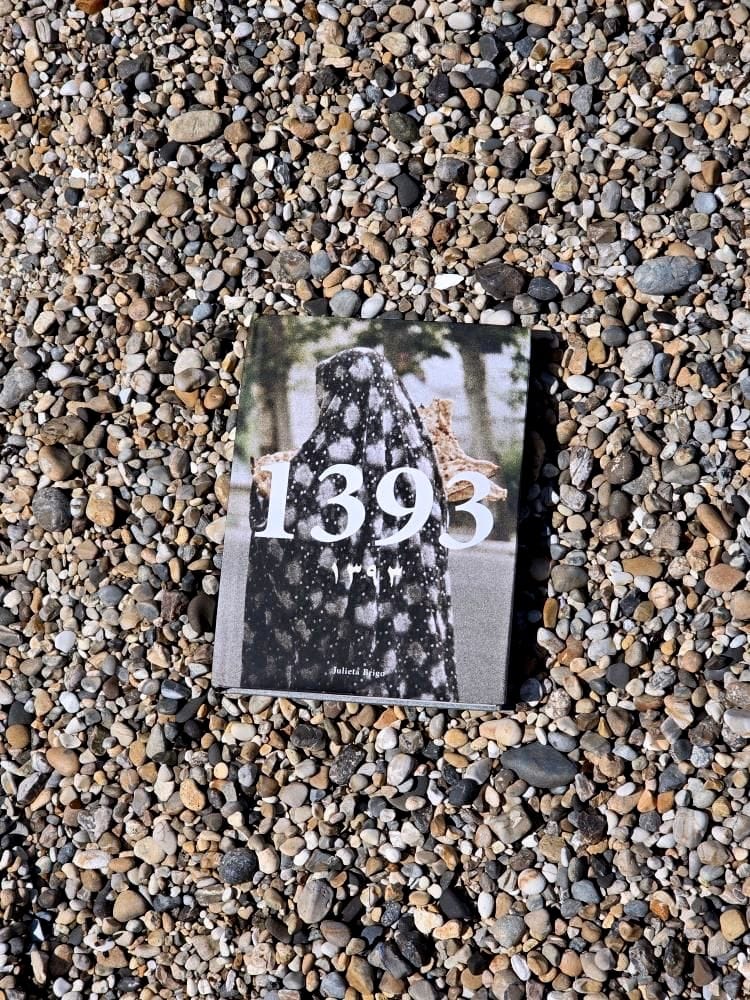
"The most important element in photography is the story or emotion conveyed through the image."
What's Next for You in Your Photography Career?
"I'm excited about expanding my work in print and merchandise. I would love to see more people wearing my designs or having my photos in their homes. There's always something new on the horizon, and I'm open to exploring more creative avenues, whether it's exhibitions, collaborations, or new projects that push me outside my comfort zone. I aim to keep evolving as a photographer while staying true to the stories I want to tell."
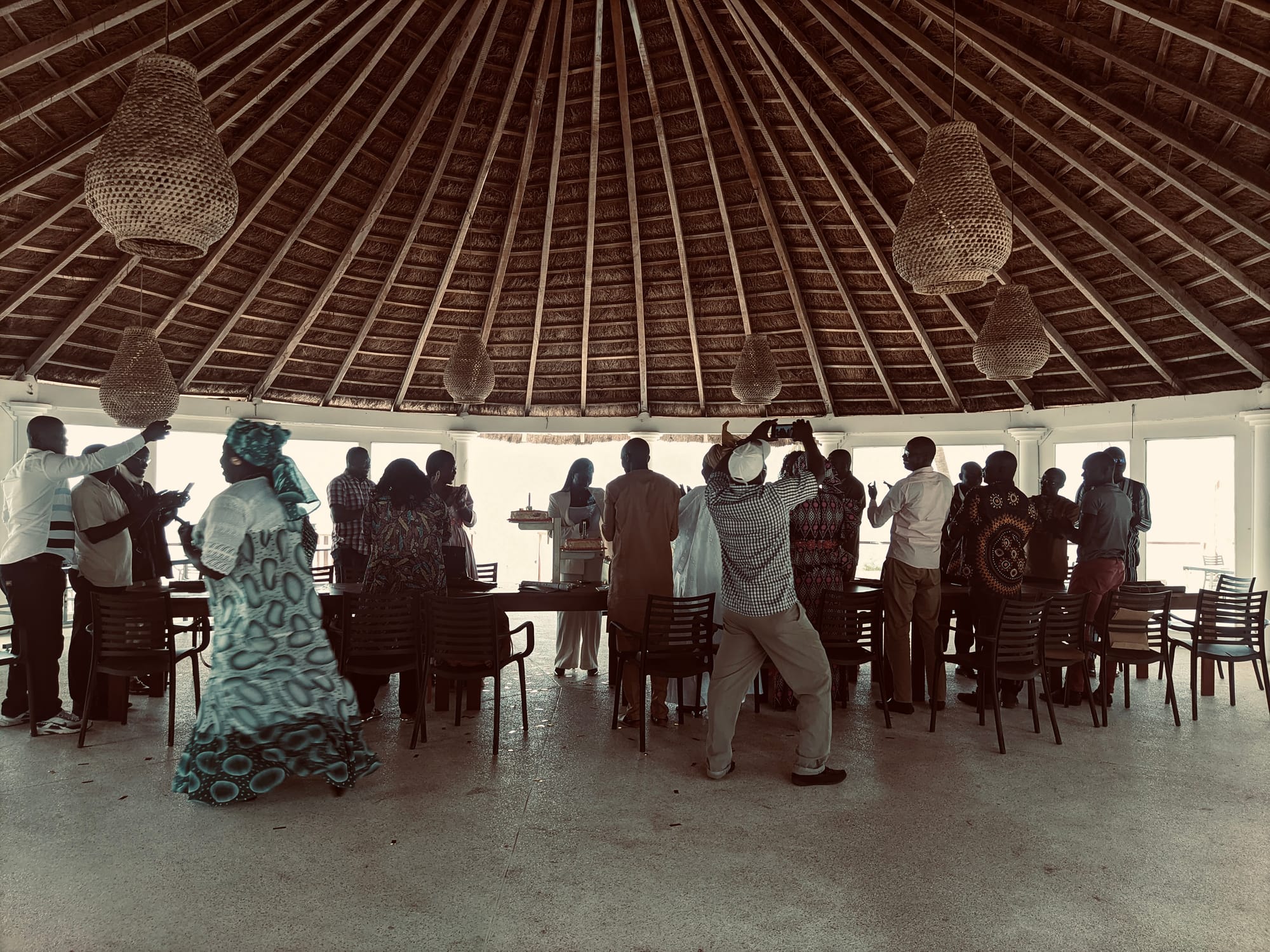
Do You Have Any Upcoming Exhibitions, Publications, or Events?
"Yes! In May, we're opening an exhibition in Los Angeles featuring images from my book "1393" alongside two photographers I admire greatly. I'm really excited about this opportunity! Additionally, I have a book launch event at a bookstore in Los Angeles. It's another thrilling moment, and I look forward to sharing my work with more people!"
Where Can People Find You Online?
My Instagram is @enmanteladas.
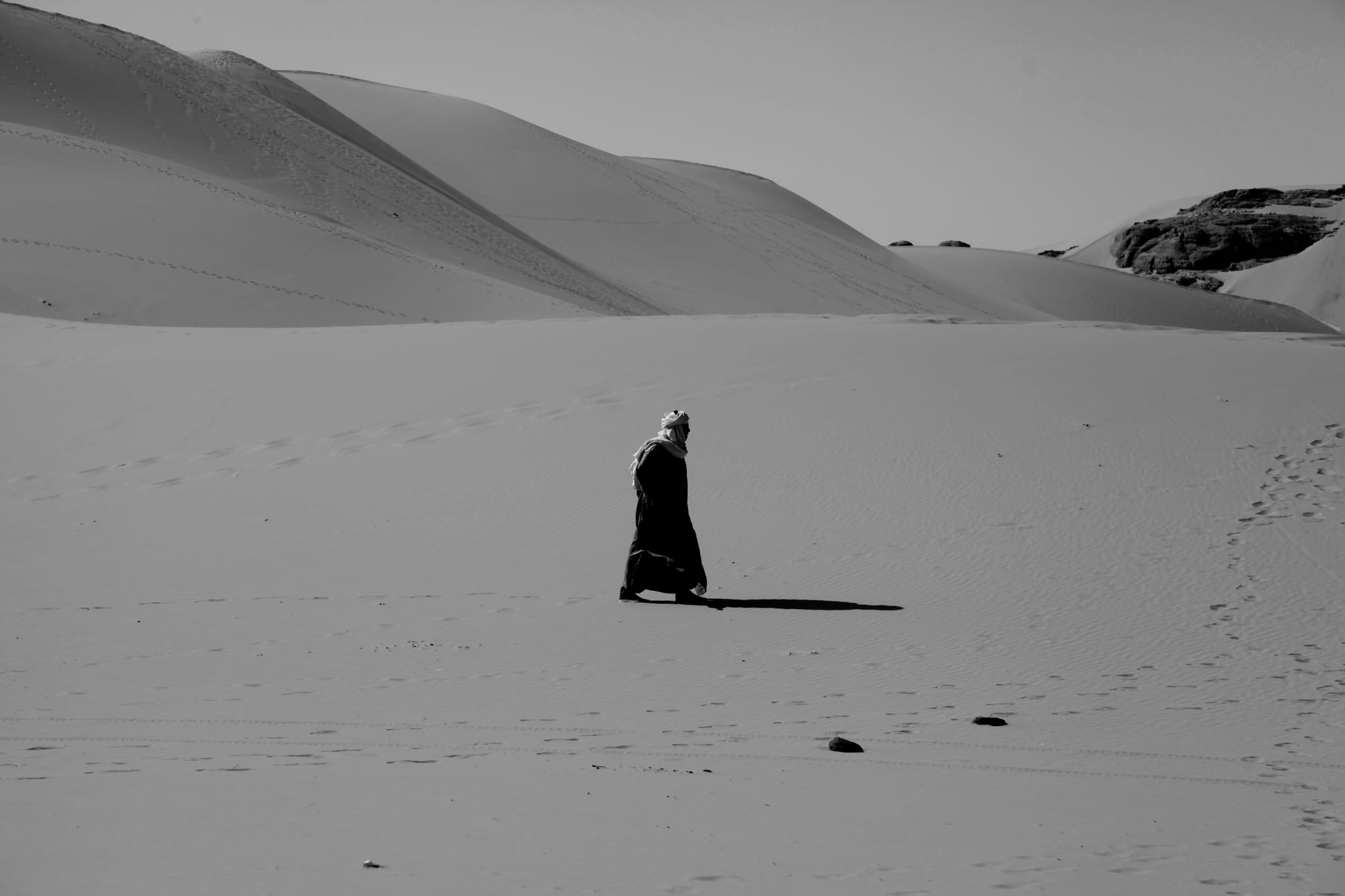
🙏🏻 Thank You Julieta, and Thank You for Reading!
Do you enjoy this kind of content? Subscribe to my free weekly newsletter below, and you'll get the next edition of Photographer's World Weekly—packed with inspiring stories, great photography, and creative insights straight to your inbox every Sunday!
Be Featured Here
Do you have a good story to tell, or would you like to be featured as a photographer, please visit my submissions page. Have a question? Feel free to reach out —I personally respond to every email.
Support FassKraft
FassKraft is a passion project that I work on in my spare time, alongside a family and a full-time job. Creating, editing, curating, and managing the website requires a significant investment of time. If you'd like to support my efforts, please use the button below. Thank you so much for your support!



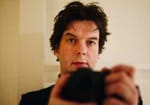
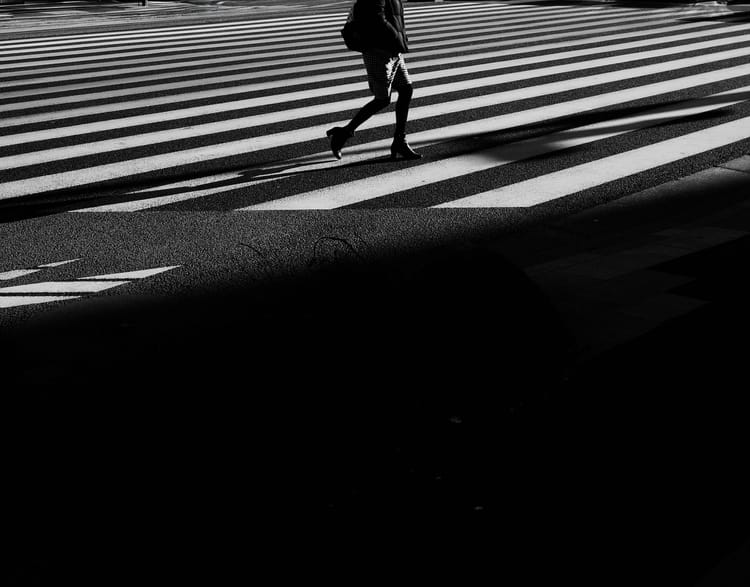
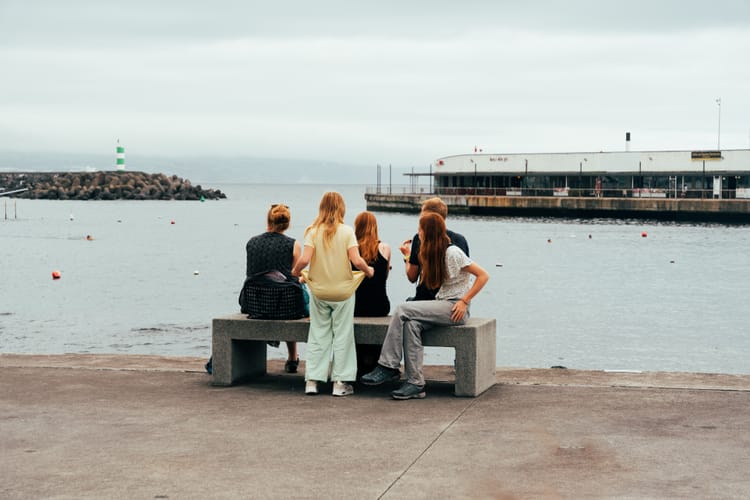
Comments ()